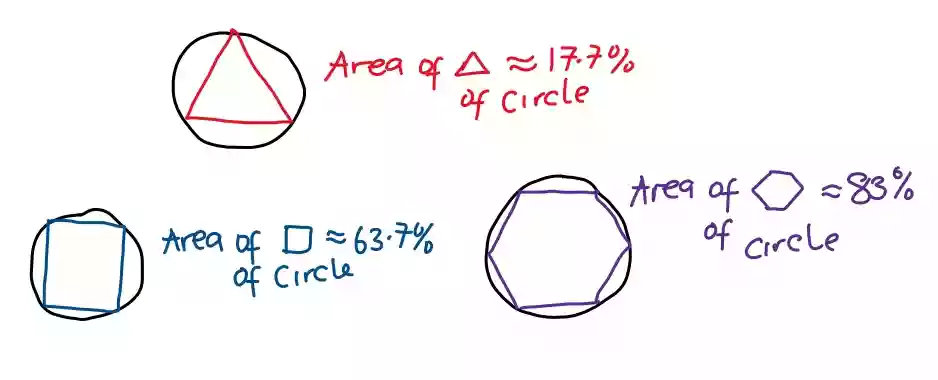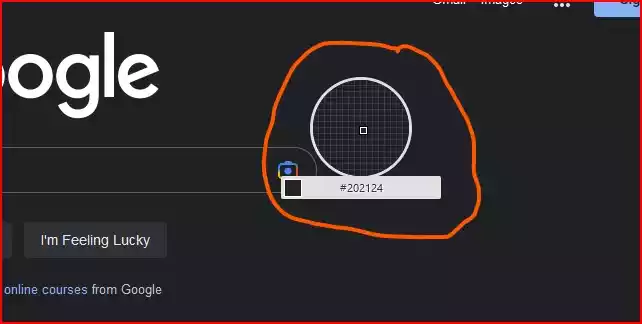Examples of AI Technology and How They Are Used Today

Artificial intelligence (AI) has become an integral part of our modern society, transforming the way we live, work, and interact with technology.
From virtual assistants to self-driving cars, AI technology has revolutionized various industries and continues to shape our future.
In this article, we will look at several examples of AI technology and dive into how they are utilized in today’s world.
Table of Contents
1. Smart Assistants
Smart assistants are AI-powered virtual assistants that can understand and respond to human commands and queries.
Examples of popular smart assistants include Siri, Alexa, and Google Assistant. These assistants utilize natural language processing and machine learning algorithms to interpret and generate human-like responses.
Smart assistants are integrated into devices such as smartphones, smart speakers, and even cars.
They can perform a wide range of tasks, including setting reminders, playing music, providing weather updates, and controlling smart home devices.
Smart assistants have become an indispensable part of our lives, making tasks more convenient and accessible.
2. Facial Recognition
Facial recognition is another notable application of AI technology. It involves the identification and authentication of individuals based on their facial features.
Facial recognition systems are employed in security systems, law enforcement, and even social media platforms. Airports use facial recognition technology for passenger identification and security purposes.
In addition, social media platforms use it to tag individuals in photos. While facial recognition offers convenience and enhanced security, it also raises concerns about privacy and ethical considerations.
3. Self-Driving Cars
Self-driving cars, also known as autonomous vehicles, are a remarkable manifestation of AI technology. These vehicles leverage a combination of sensors, machine learning algorithms, and real-time data analysis to navigate roads without human intervention.
Self-driving cars have the potential to revolutionize transportation, offering benefits such as improved safety, reduced congestion, and increased accessibility.
Companies like Tesla, Waymo, and Uber are actively developing and testing self-driving car technology.
4. Chatbots
Chatbots are AI-powered programs designed to simulate human-like conversations and interact with users. They are used in various applications, including customer support, sales assistance, and information retrieval.
Chatbots can provide instant responses to queries, guide users through processes, and offer personalized recommendations.
They are particularly useful for handling repetitive tasks and improving customer service experiences.
Companies across different industries employ chatbots to streamline operations and enhance customer satisfaction.
There are different types of chatbots, including rule-based chatbots and AI-powered chatbots.
Rule-based chatbots follow predefined rules and can provide straightforward responses. On the other hand, AI-powered chatbots utilize natural language processing and machine learning algorithms to understand and respond to user queries more intelligently.
Chatbots like ChatGPT and Bard are examples of advanced AI-powered chatbots. They leverage sophisticated language models to generate text and provide informative responses.
These chatbots are capable of answering questions, generating creative content, and assisting users in various tasks.
5. Medical Diagnosis
AI technology has made significant contributions to the field of medical diagnosis.
Machine learning algorithms analyze vast amounts of medical data, including patient records, imaging scans, and genetic information, to assist healthcare professionals in diagnosing and treating diseases.
AI-powered diagnostic tools can identify patterns, detect anomalies, and provide more accurate and timely diagnoses.
This technology aids in the early detection of conditions such as cancer, improves treatment planning, and enhances patient outcomes.
6. Financial Trading
AI has transformed the world of financial trading by enabling automated trading systems that can make quick and data-driven investment decisions.
Machine learning algorithms analyze market data, identify trends, and execute trades with high speed and efficiency.
This technology is widely used by hedge funds, investment banks, and other financial institutions to optimize trading strategies and generate profits.
AI-powered trading systems can process vast amounts of data and adapt to changing market conditions, providing advantages over traditional human trading approaches.
7. Robotics
Robotics, combined with AI, has led to significant advancements in automation and intelligent machines. Robots are being used in various industries, including manufacturing, healthcare, and logistics.
AI technology enables robots to perform complex tasks, adapt to changing environments, and interact with humans.
In manufacturing, robots streamline production processes and enhance efficiency. In healthcare, robots assist in surgeries, deliver medications, and provide support in rehabilitation.
The integration of AI and robotics continues to push boundaries and unlock new possibilities for automation and human-robot collaboration.
Wrap Up
Artificial intelligence has sparked a technological revolution, and its impact can be seen across diverse industries.
Smart assistants, facial recognition, self-driving cars, medical diagnosis, financial trading, chatbots, and robotics are just a few examples of how AI is being utilized today.
As AI technology continues to evolve, we must embrace its potential, address ethical concerns, and ensure responsible and inclusive deployment.
The future holds exciting possibilities as AI continues to shape our world.
FAQs
- How does AI technology benefit society? AI technology benefits society by enhancing efficiency, enabling automation, improving healthcare outcomes, and providing personalized experiences.
- Are there any risks associated with AI? While AI offers numerous benefits, there are risks such as job displacement, privacy concerns, bias in algorithms, and ethical considerations that need to be addressed.
- How accurate is facial recognition technology? Facial recognition technology has significantly improved over the years, but still faces challenges related to accuracy, especially in diverse populations and varying lighting conditions.
- Can AI completely replace human workers? AI technology is designed to augment human capabilities rather than replace humans entirely. It can automate certain tasks, freeing up time for humans to focus on higher-level work.
- What are the future prospects of AI? The future of AI is promising, with potential advancements in healthcare, transportation, education, robotics, and other sectors. Continued research and development will unlock new possibilities.




